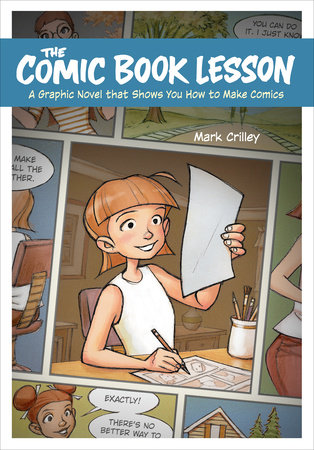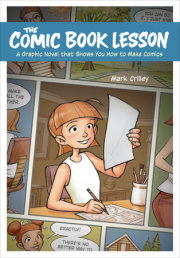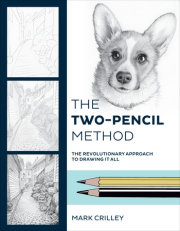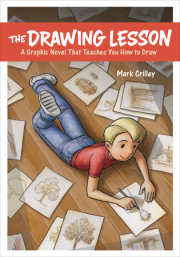Introduction I had this idea: to teach people how to make comics by presenting lessons in the form of an actual comic book story. The two things seemed like a match made in heaven, but showing someone how to make comics is no small task. Even the simplest comic involves not only writing and drawing, but also designing characters, laying out pages, and wrestling with the surprisingly tricky matter of knowing where to put all those speech bubbles.
Unfortunately, many aspiring comic book creators get distracted by matters of style, focusing all their energies on learning how to draw particular things such as superheroes or manga characters. But you can’t make a good comic if you don’t grasp the basic nuts and bolts of how comic book storytelling works: that delicate dance between words and pictures that occurs the moment you begin putting one panel next to another.
So, no, this book won’t show you how to draw specific things, or tell you what kinds of ink pens or software you should buy. Because you can’t make great comics simply by buying a bunch of stuff, or by learning how to draw awesome-looking capes.
It really comes down to learning how to
think the way a comic book creator does. Each new panel presents you with endless options for what you’re going to show to the reader, and how you’re going to show it. Your job is to consider those options, weighing one against the other, and then choose the one that will best convey that next little beat of the story. This is at the heart of every comic anyone has ever made, whether it’s about intergalactic aliens, the French Revolution, or a couple of dudes sitting around playing cards.
My hope is that you’re at least a little like Emily, the main character in this story. She’s not looking for drawing lessons, or for a list of things she has to buy. She’s got her sights set on something much more fundamental than that: How do you transform an idea that’s stuck in your brain into an actual comic book story? If that’s something you’re eager to learn, then read on. This book is for you.
Copyright © 2022 by Mark Crilley. All rights reserved. No part of this excerpt may be reproduced or reprinted without permission in writing from the publisher.













